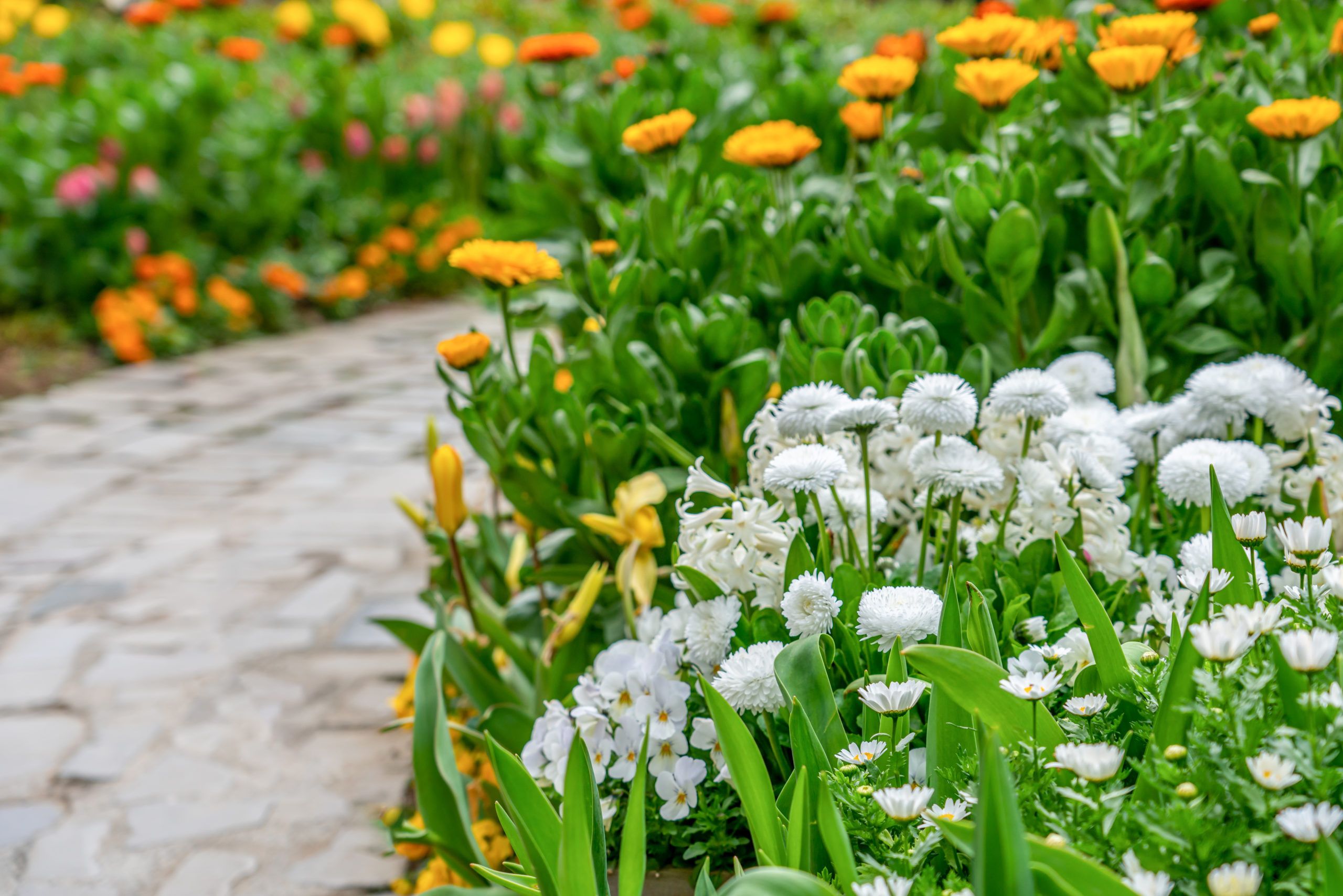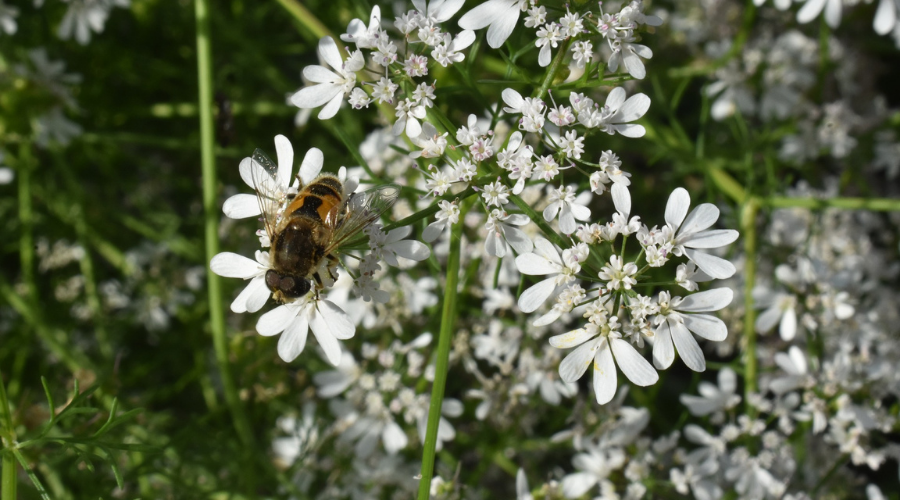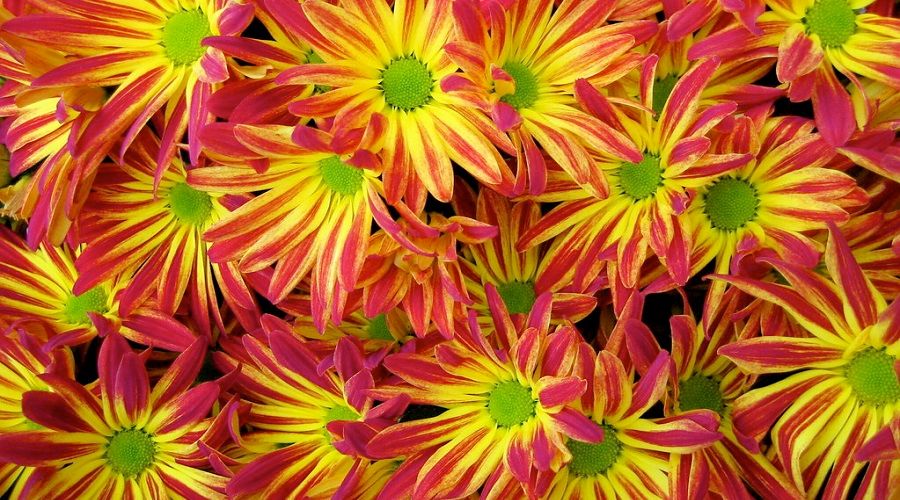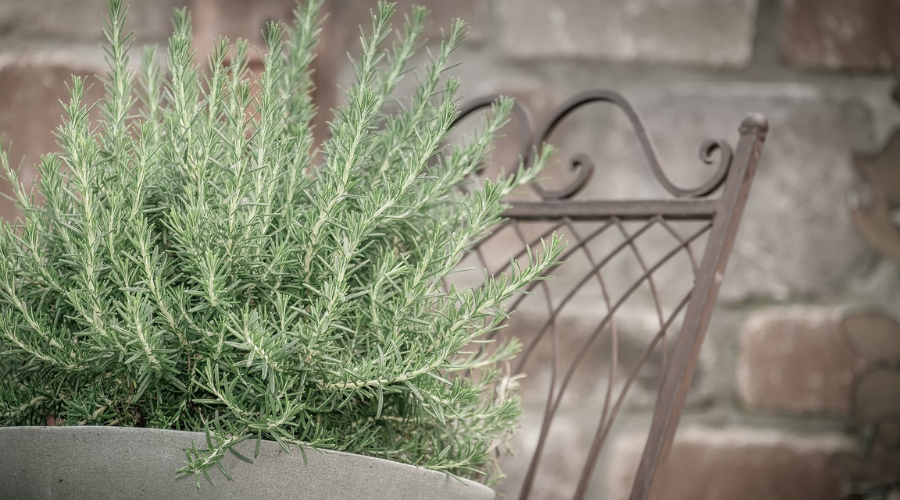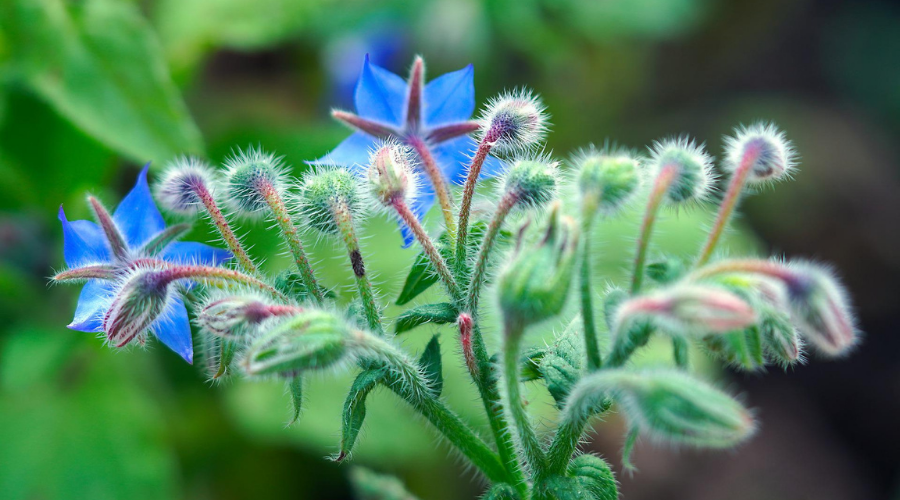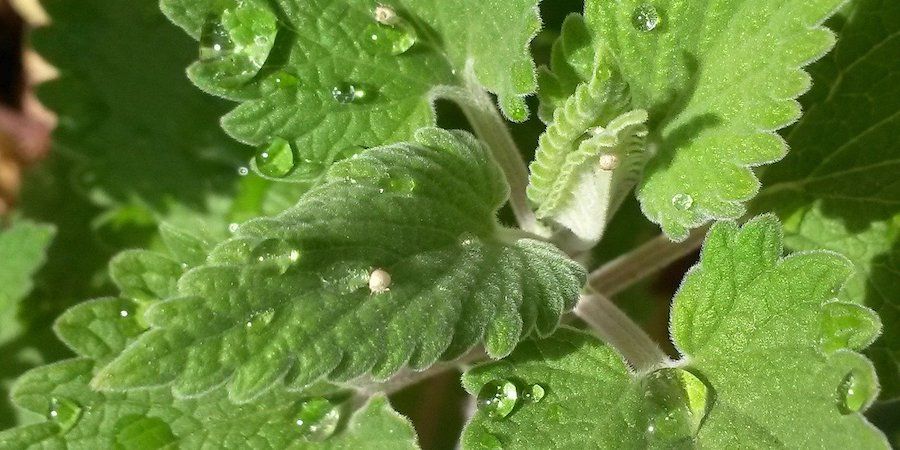Some plants have earned reputations as guardians of the realm — the garden realm, that is. Thanks to their protective powers, they are favorites for companion planting, a long-held practice of growing certain plants together to deter garden pests, and their overall health.
Add these 10 natural pest deterrents to your garden, and you will spend less time battling bugs yourself.
LAVENDER
Image credits: MsLibri from Pixabay via Canva
You would never guess that this elegant, soothing native of the Mediterranean region is a potent pest repellent. A member of the mint family, its fragrant oils that are a hit with humans have zero appeal for caterpillars.
Flies, moths, and mosquitoes also won’t hang around for long in your garden if they find lavender there. However, your dog will be happy because fleas are no match for this purple avenger.
Plant lavender in full sun and well-drained soil that is slightly alkaline or neutral. Protect it from extreme cold or heat and high, chilly winds, and prune it once or twice throughout the season, and it will yield oodles of flowers and thick, flourishing bushes.
CILANTRO
Image credit: skorchanov via Pixabay
Also known as coriander or Chinese parsley, this delicious herb does double duty to keep garden pests out of your garden and away from homegrown crops.
Cilantro’s aroma repels destructive insects such as potato beetle, aphids, and spider mites. However, its delicate white flowers attract predatory insects like ladybugs, lacewings, wasps, and tachinid flies.
Cilantro basks in full sun or bright shade in rich, well-drained soil. It prefers cooler temperatures so plant it in spring (as long as there’s no threat of frost) and autumn.
CHRYSANTHEMUM
Image Credit: Muffet via Creative Commons
Chrysanthemums contain natural pesticides called pyrethrins that will shield plants from moths, fleas, ants, mosquitoes, aphids, and grasshoppers. The variety with the highest pyrethrin content is Chrysanthemum coccineum, also known as Painted Daisy.
It’s best to plant mums in sunny spots with well-drained, moist soil. Also, add some compost, peat moss, or slow-release fertilizer to keep it flowering and flourishing.
MINT
Image credits: ChrisCCP via Canva
The mint family, which includes sage, oregano, and hyssop, is loaded with pungent essential oils that pests dislike. An abundance of mint in your garden will deter mosquitoes ants, cabbage moths, whiteflies, aphids, and flea beetles.
It’s a good idea to grow mint in pots because it competes with other plants for space. Its happiest habitat is moist soil with compost in full sun or partial shade.
Even dried mint will keep its pest-busting powers. Fill cloth bags with it and place them around your garden, including in plant pots and near vegetable beds.
GARLIC
Image credits: matthiasboeckel via Pixabay
When creepy-crawly garden pests take over your garden, it’s garlic to the rescue. Garlic's sulfur-rich content fends off slugs, caterpillars, cutworms, and armyworms, which love to gobble away your grass.
Garlic will shoo away aphids, flies, and mosquitoes, and help beets fight off fungal infections. Also, a healthy dose of garlic spray combats powdery and downy mildew.
Another reason why garlic appeals as a natural pest deterrent are because it’s easy to grow right from the cloves of a bulb you can find in the supermarket. Plant it in full sun in loose, rich soil a few weeks before the ground freezes.
NASTURTIUM
Image credits: danako via Canva
If you’re all about the fruits and veggies, plant some of these easy-to-grow annuals to keep them company. Aphids cannot wait to get their sap-sucking mouthparts on these edible crops, weakening them and causing them to produce less.
The biggest danger aphids pose is that they infect vegetable and fruit plants with viruses. However, put a nasturtium among the products, and these pests, which also go by the names greenfly or blackfly, will give your veggies a break.
Nasturtiums also scare away potato bugs, squash bugs, and whiteflies. Fortunately, these flowering plants like the same growing conditions as many popular sun-loving crops, such as tomatoes, peppers, cucumbers, and melons.
LEMONGRASS
Image credits: Nanniie_iiuu via Canva
Lemongrass is a favorite in lots of Asian cuisines, but it has another claim to fame. Research shows it is 100-percent effective against mosquitoes that carry malaria.
Its key bug-banishing chemical is citronella, which is also present in candles used to ward off mosquitoes. You can also keep lemongrass near plants that attract ants, gnats, flies, and ticks.
This herb grows to about four feet tall and three feet wide. If it takes up too much space in your garden, clip some of it to boil and create a spray you can spritz plants with for more pest protection.
ROSEMARY
Image credit: 1195798 via Pixabay
Taste so good they wrote a song about it — along with parsley, sage, and thyme, of course. But garden pests, such as flies, cabbage moths, and mosquitoes, aren’t in harmony with it. They find the fragrant oils of this mint family member rather repugnant.
Sun-loving rosemary thrives in sandy, well-drained soil about two to three feet apart from each other. However, it can spread wildly, so it’s a good idea to plant it in pots. And if you’re feeling creative, you can join the growing legion of rosemary topiary enthusiasts.
BORAGE
Image credit: matthiasboeckel via Pixabay
Borage, which rhymes with porridge, will fight off tomato hornworms and cabbage worms all while luring bees to your garden.
Talk about a multitasker. Its mildly sweet leaves are delicious in summer salads. Its brilliant blue, star-shaped flowers make it an ornamental favorite, and it boosts mineral content in compost. Also, it’s a self-sowing annual. Leave those flower heads alone, and this Victorian-era favorite will show up again next year without any help from you.
Plant borage close to cabbages, tomatoes, strawberries, and squash. But they love to spread out, so make sure they don’t take over your garden.
CATNIP
Image credits: rebeck96 via Pixabay
When pests like mosquitoes and flea beetles banish you from the garden, ditch the DEET and plant some catnip. Research shows that this herb is 10 times more effective than DEET, which is commonly found in commercial insect repellent products.
Also known as Nepeta cataria, catnip contains an active chemical that irritates a sensory receptor in insects, causing them to feel itching and pain. On the other hand, your cat will have no such reaction and appreciate your adding this minty herb to your garden.
Plant seeds directly outside in spring or fall either in the ground or pots. Choose a spot with full (best choice) or partial sun.
A LITTLE HELP FOR YOUR PEST-FIGHTING FRIENDS
Although these plants can get garden pests to bug off, you can assist them too. For instance, get rid of standing water, add compost to soil early in the season, water early in the morning, and remove decaying plants and flowers. Don’t see your favorite pest repellant plant on the list? Share it with us below.

